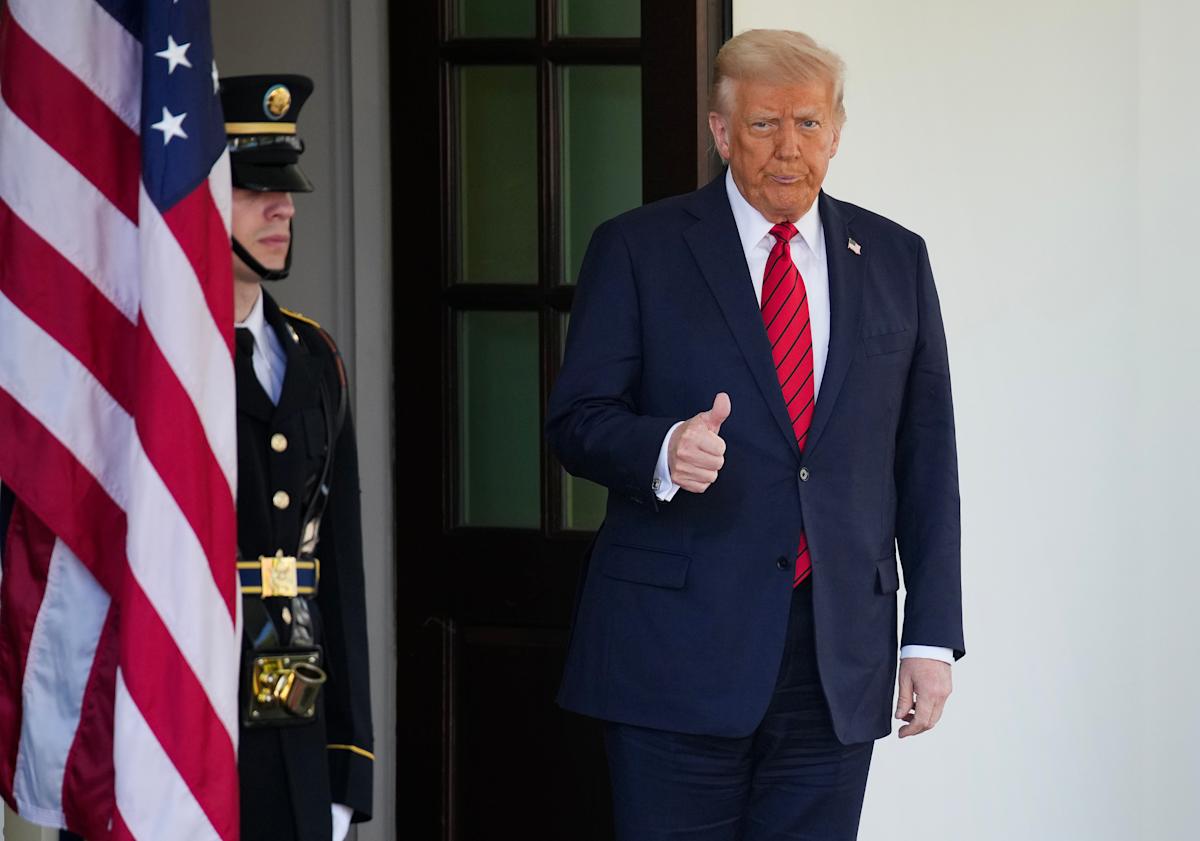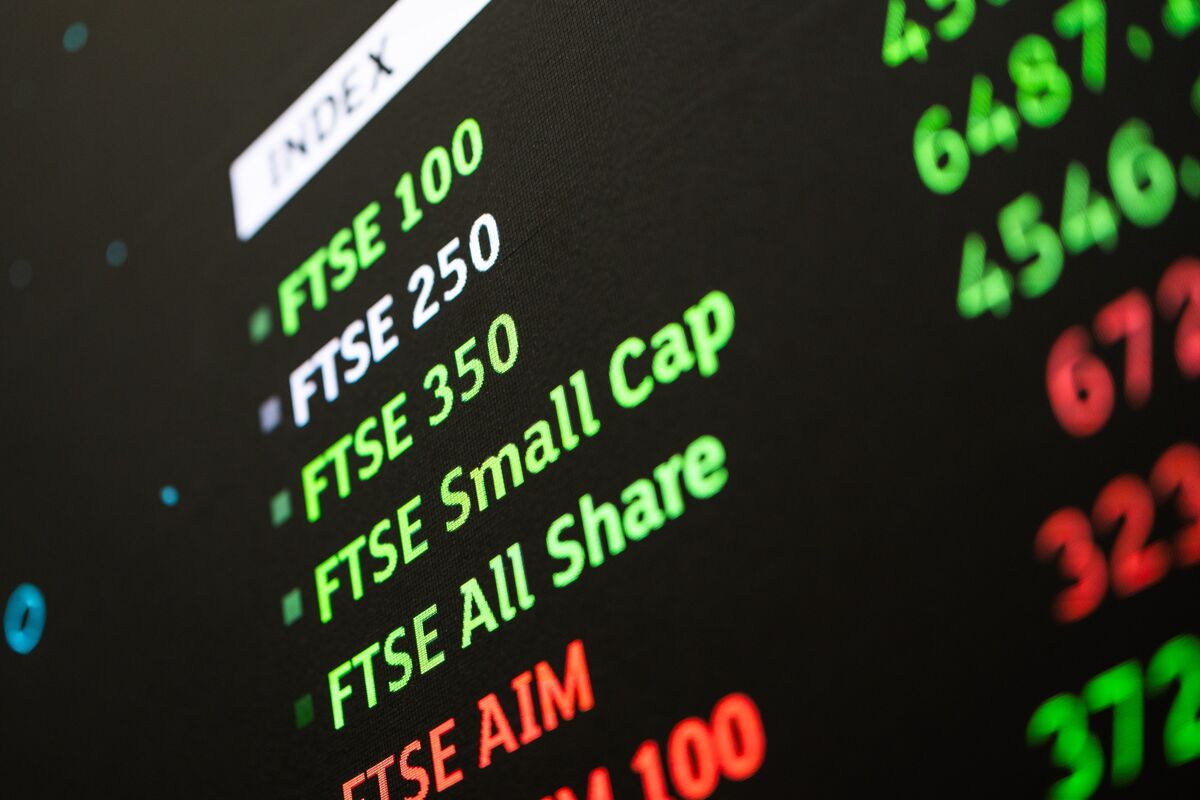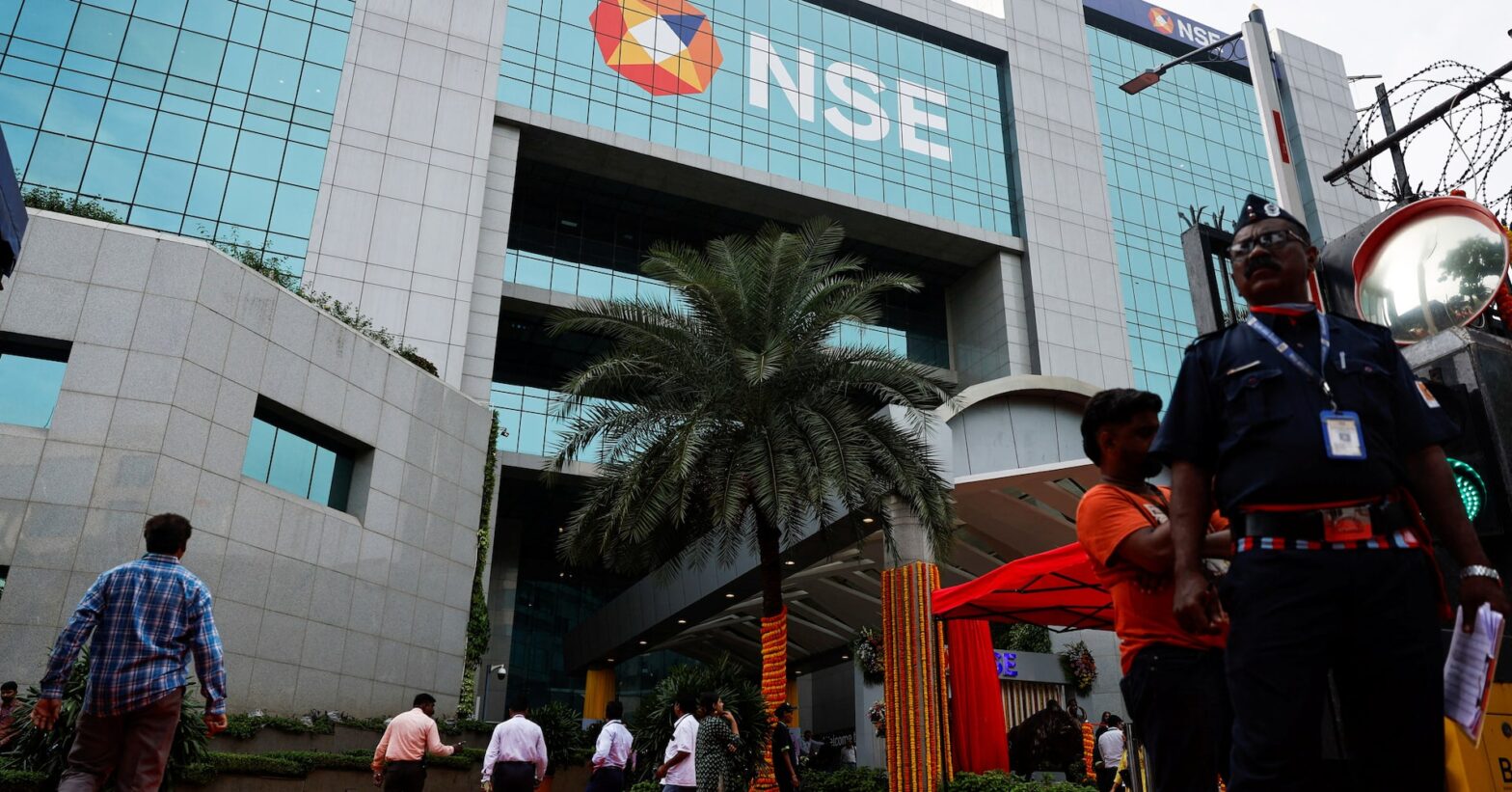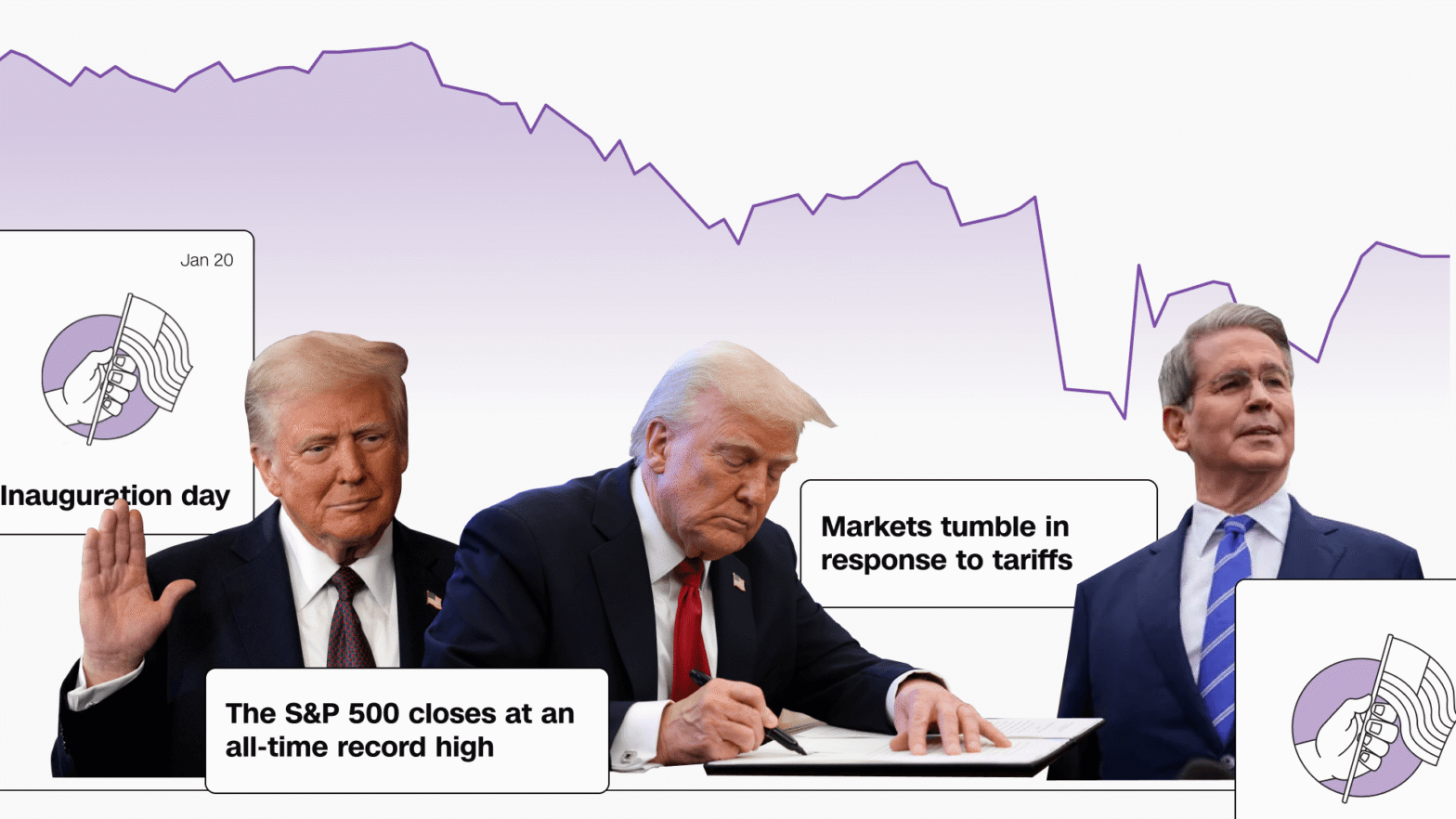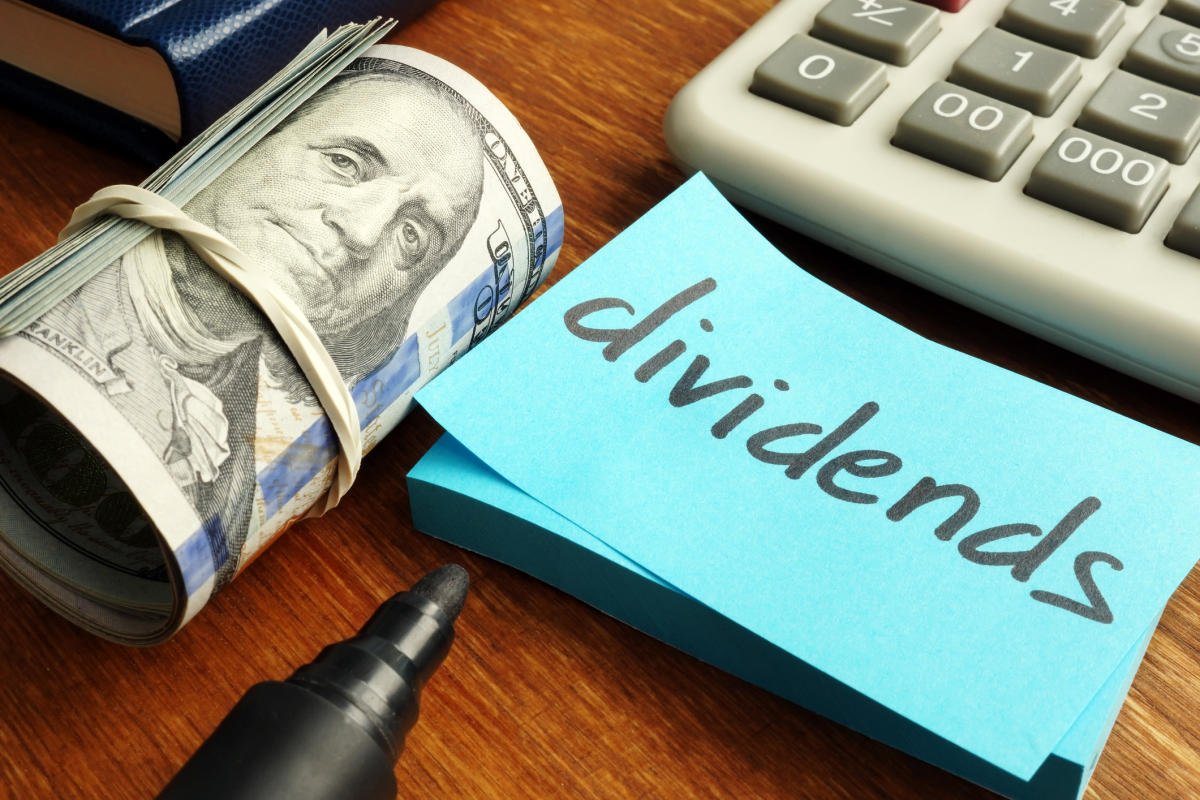Donald Trump and his White House are going all out this week to tout the president’s second 100th day in office, but their boasting has to tiptoe around the worst stock market start for a president in decades.
The president can’t resist bragging on days when the market is up. That’s a continuation of a tendency that stretches back years. But those days have been few and far between so far, despite a rebounding run over the last week.
Overall, through Monday’s close, the S&P 500 (^GSPC) has dropped almost 8% since Trump’s inauguration to mark the worst start for investors for a new president since the 1970s when both Richard Nixon (as he began his second term) and Gerald Ford (when he was thrust into office following Nixon’s resignation) saw greater initial losses.
This tariff-fueled rout is leading to recession fears and is a deeply inconvenient fact for the president, who came into office touting “the Trump effect” on stocks that he said would push prices upward.
Instead, the opposite has occurred so far, with the president and his team offering a range of explanations. A Yahoo Finance review of dozens of examples of market commentary from Trump and his orbit in recent weeks points to three strategies used to explain the disconnect.
Perhaps most often, the refrain from Trump and his aides is that these losses are essentially part of their plan or at least of a short “transition period” that will soon be reversed as the economy adjusts to his tariffs.
A second common response is a focus on an array of other factors — from technology to healthcare to Joe Biden — to explain the losses.
Trump and his aides have also at times taken to a third approach of downplaying the stock market’s importance, but it only tends to last until the next up day.
In the end, perhaps the last resort for Trump is to plead ignorance.
“I haven’t seen it,” Trump offered during a Cabinet meeting on April 10 during a big sell-off, instead noting gains from the day before. He handed things over to Treasury Secretary Scott Bessent, who said he didn’t “see anything unusual” in that day’s 1,000-point Dow sell-off.
Here is a closer look at the three ways Trump world has explained the stock market’s rocky ride:
Trump’s “Liberation Day” proclamation on April 2 was followed by a stock market rout the next day.
“It’s to be expected,” Trump offered as he flew to Florida that evening. He compared the economy to “a sick patient that went through an operation on Liberation Day, and it’s going to be a very booming country … we’ve just got to give it a little bit of time.”

